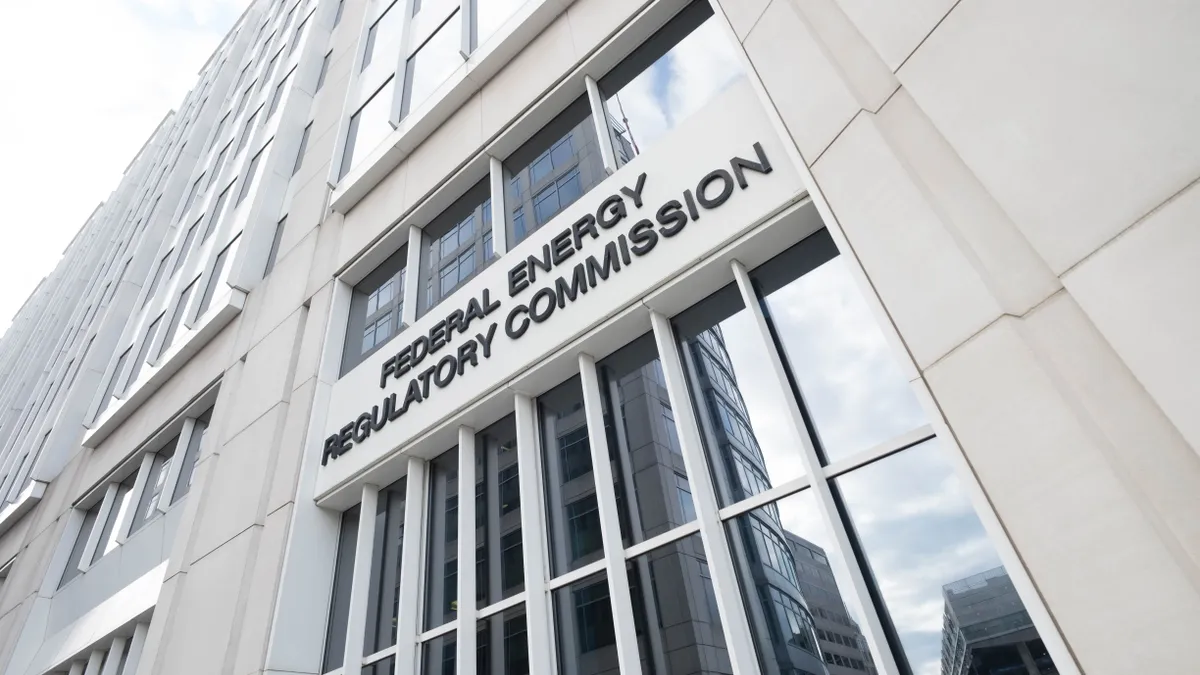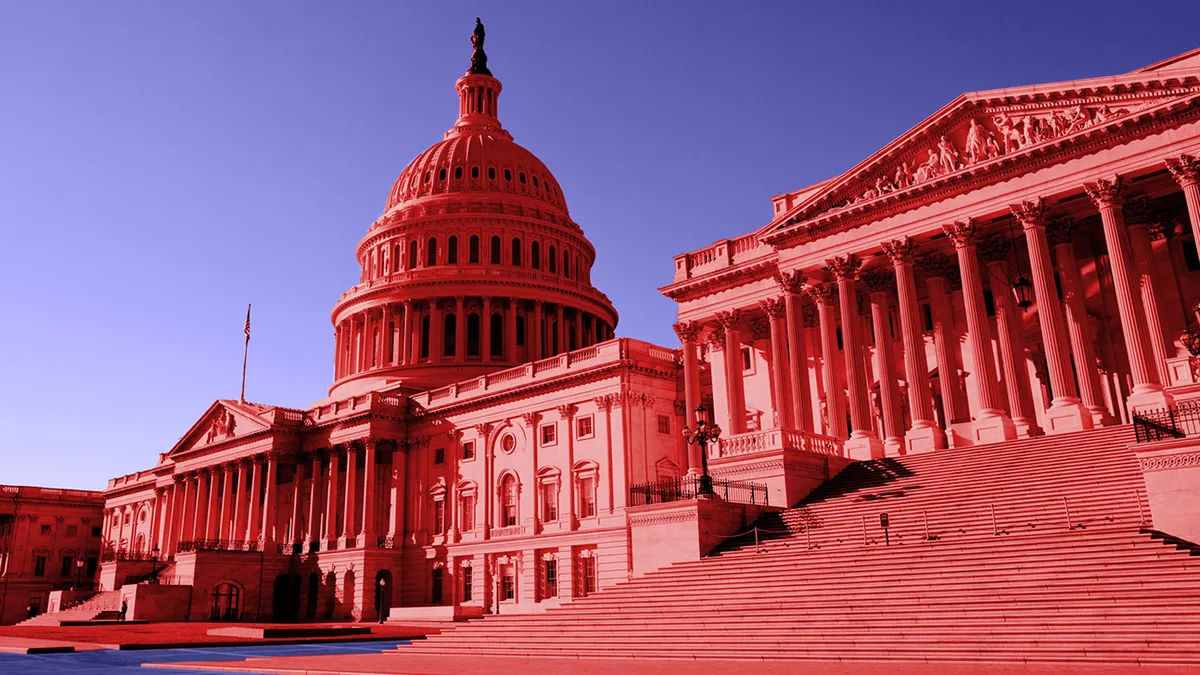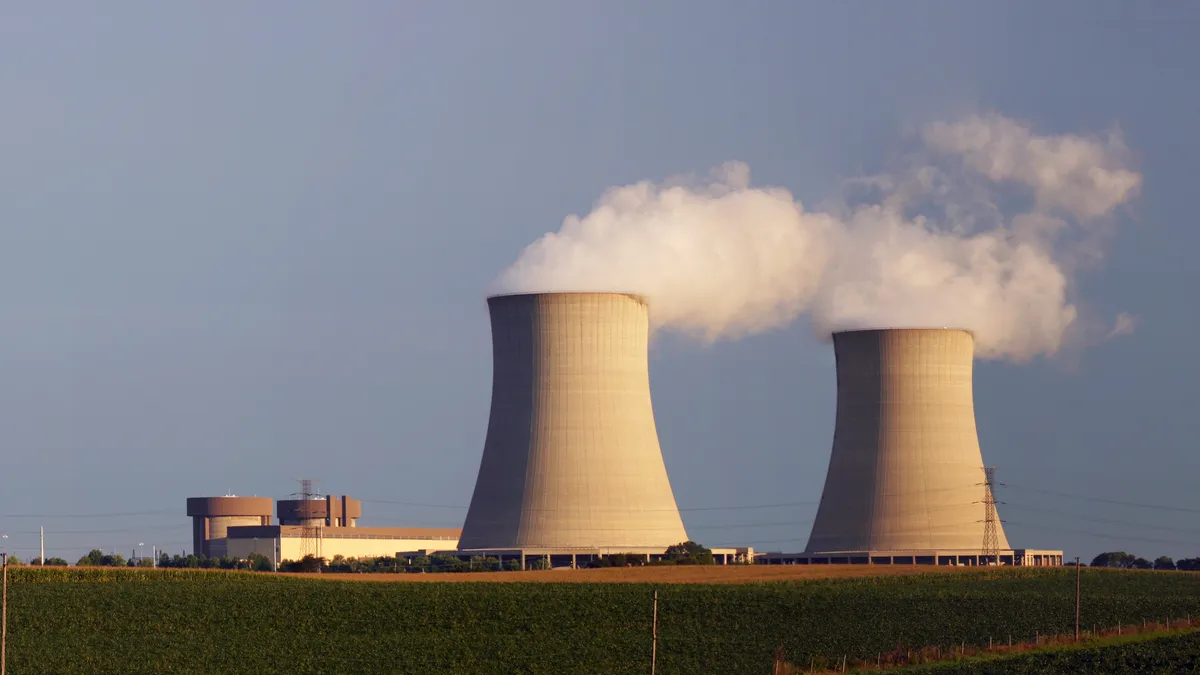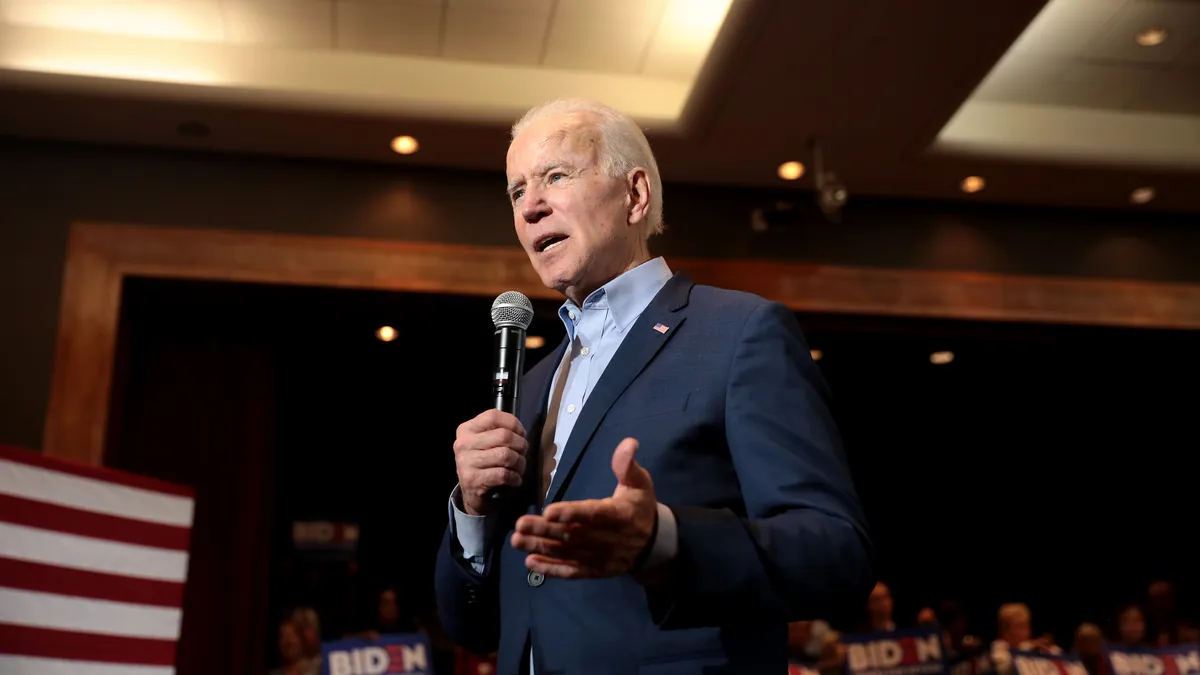Regulation & Policy: Page 94
-
California governor pushes to fast track climate goals as wildfires burn the state
Reaching 100% clean energy by 2045 is "inadequate" to meet the challenges the state faces, Gov. Gavin Newsom said.
By Kavya Balaraman • Sept. 15, 2020 -
7 investment priorities for a green COVID-19 recovery: report
The Coalition for Urban Transitions analyzed how the allocation of stimulus funding across a number of environmental sectors can aid the international COVID-19 response.
By Kristin Musulin • Sept. 14, 2020 -
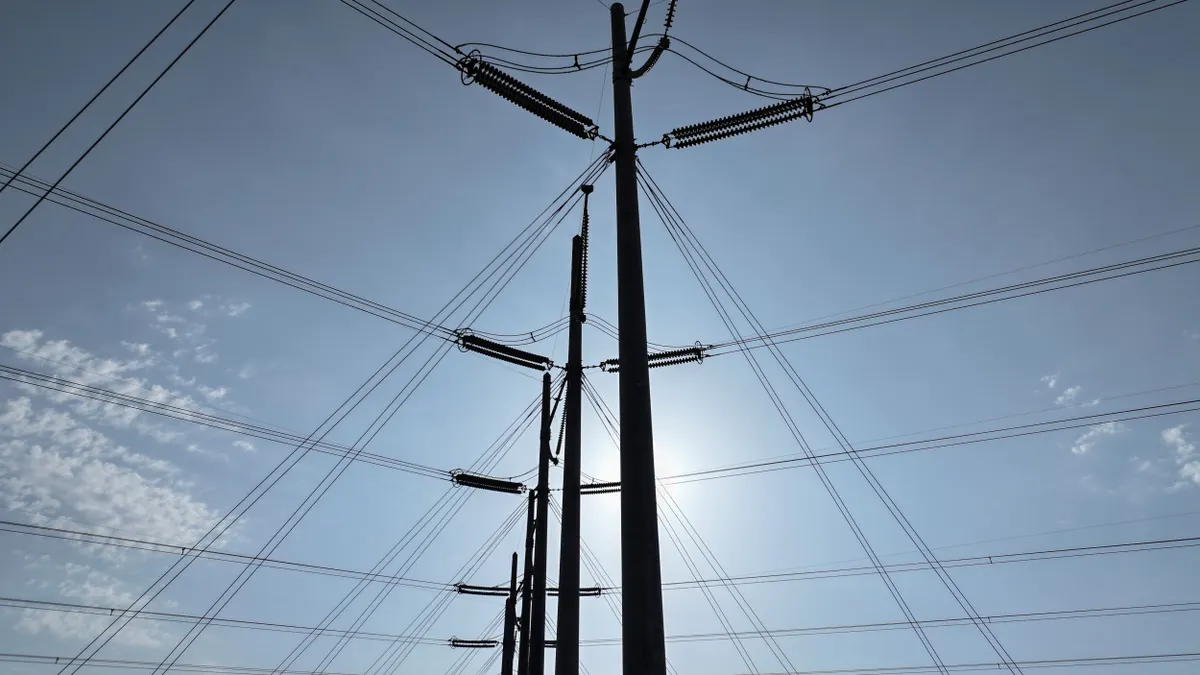 Explore the Trendline➔
Explore the Trendline➔
 Joe Raedle via Getty Images
Joe Raedle via Getty Images Trendline
TrendlineTop 5 Stories from Utility Dive
Power demand is rising amid dramatic shifts in federal energy policy, but technology and markets continue to push the grid toward cleaner, more distributed resources.
By Utility Dive staff -
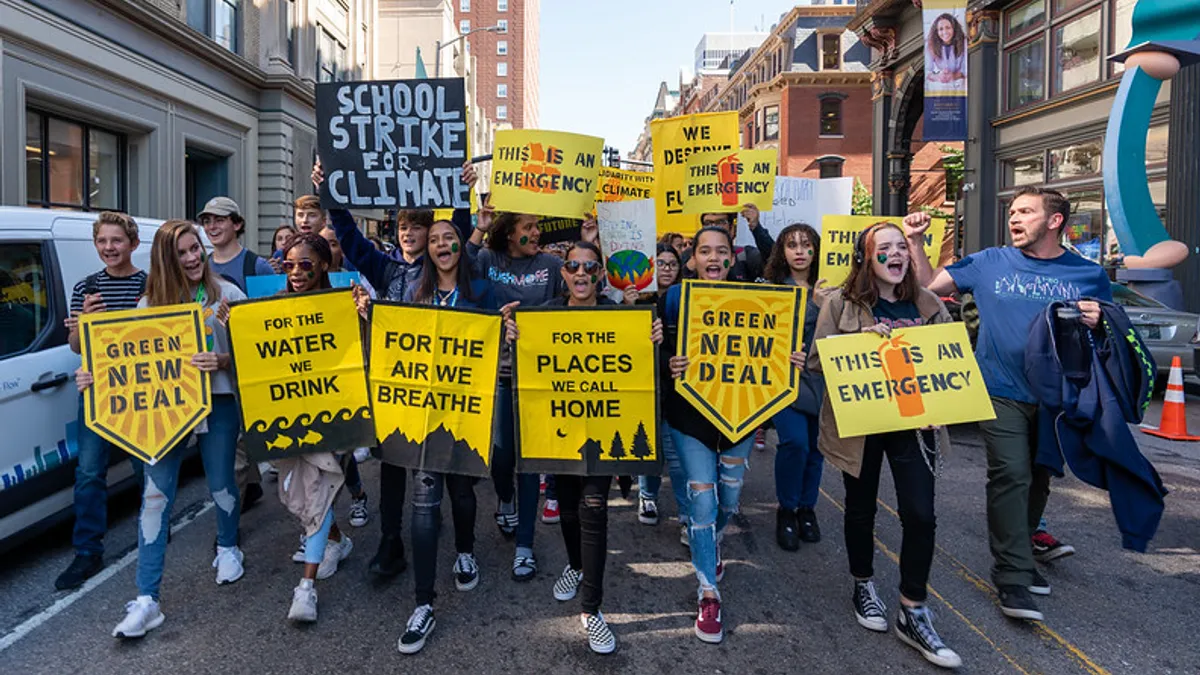
 The image by Gabriel Civita Ramirez is licensed under CC BY-SA 2.0
The image by Gabriel Civita Ramirez is licensed under CC BY-SA 2.0
'Aggressive' federal aid would push US to net zero emissions by 2050: report
America's Pledge released its fourth-annual U.S. climate analysis, finding to its "great surprise" that the pandemic is not slowing climate progress.
By Cailin Crowe • Sept. 14, 2020 -
FERC reverses 40 years of PURPA precedent in ruling on small solar definition, punts on storage question
The commission upended precedent that found a facility's net solar capacity must be no larger than the 80 MW threshold.
By Catherine Morehouse • Sept. 14, 2020 -
House to probe US lag on leveraging clean energy for COVID-19 recovery, consider bipartisan energy bill
As the U.S. diverges from other countries in its efforts to marry economic recovery with climate policy, a House subcommittee is planning to hold a hearing on efforts in the EU and elsewhere.
By Catherine Morehouse • Sept. 11, 2020 -
Public power leaders see lasting effects from 2020 disruptions with new approaches to resilience, equity
The new normal won't look like the old normal, as executives say major shifts that began in 2020 will continue to shape industry trends in the year to come.
By Emma Penrod • Sept. 11, 2020 -
Deep Dive
For nuclear plants operating on thin margins, growing climate risks prompt tough choices
Climate change creates a number of problems for nuclear power plants that some academics say the industry needs to address soon.
By Matthew Bandyk • Sept. 10, 2020 -
Opinion
What do regulators want most from grid modernization proposals? A compelling business case
Regulators should, at a minimum, review utility requests to pre-approve broad grid mod projects like prudent potential business investors, not like innovators, writes Rhode Island Public Utilities Commissioner Abigail Anthony.
By Abigail Anthony • Sept. 9, 2020 -
FERC details carbon pricing conference as groups blast renewables, consumer and women exclusions
Of the 30 panelists scheduled to participate at the upcoming conference, the majority are energy companies, academics and grid operator representatives. Only three women are on the agenda.
By Catherine Morehouse • Sept. 9, 2020 -
Opinion
Electric vehicle battery sustainability is a must to meet climate ambitions
Better governance of the extraction of EV minerals is essential to the future of mineral-producing countries, the electric vehicle industry and transportation globally, the authors write.
By Ethan N. Elkind and Patrick R. P. Heller • Sept. 8, 2020 -
Massachusetts top court denies NextEra bid to block state's PPAs with Hydro-Québec
The PPAs are critical to the development of the New England Clean Energy Connect transmission project, which has faced challenges from independent power generators trying to protect their older assets in the region.
By Iulia Gheorghiu • Sept. 4, 2020 -
Deep Dive
FERC summit highlights reliability concerns for renewables + storage, but has California found a solution?
In a day-long FERC conference on renewables+storage hybrids earlier this summer, system operators focused on reliability while advocates described new opportunities.
By Herman K. Trabish • Sept. 3, 2020 -
Duke IRP includes scenarios to reduce carbon emissions 70% by 2030
One 70% reduction scenario would not add any more natural gas, and another would add 2,650 MW of offshore wind by 2030. But its base case scenarios continue gas buildout into the 2030s.
By Catherine Morehouse • Sept. 2, 2020 -
EPA finalizes changes to coal ash, wastewater limits expected to save industry $140M annually
A group representing 163 utilities and three major U.S. utility trade groups had pressed EPA to update requirements issued during the Obama Administration, saying compliance costs for a number of rules were "staggering."
By Catherine Morehouse • Sept. 2, 2020 -
Opinion
No kowtowing to utilities: setting the record straight on Colorado Consumer Counsel's COVID actions
A former Colorado utility commissioner's claims that consumer advocates "treat as a foregone conclusion" the idea that consumers will be on the hook for the consequences of the pandemic is not true, the author writes.
By Cindy Schonhaut • Sept. 2, 2020 -
Alabama's increase of residential solar charges will slow installations, advocates say
Solar proponents say Alabama Power's monthly charge has stymied rooftop solar development, but commissioners argued for an increase in the fee.
By John Funk • Sept. 2, 2020 -
California PUC votes to fire executive director after contentious meeting, accusations of retaliation
CPUC Executive Director Alice Stebbins said the commission wanted to get rid of her because she "blew the whistle" on $200 million in uncollected fees.
By Kavya Balaraman • Sept. 1, 2020 -
NuScale small modular reactor design becomes first to get NRC safety approval
With the safety review complete, the company plans to move forward with a 12-module plant at Idaho National Laboratory.
By Guy Burdick • Sept. 1, 2020 -
Deep Dive
As utility collaboration with charging companies rises, emerging differences could impede EV growth
To accelerate EV charging infrastructure deployment, former competitors are working together, but new questions threaten to lead to dissension.
By Herman K. Trabish • Aug. 31, 2020 -
Opinion
California's blackouts highlight need for electric reliability insurance market
Oxford researchers address California's power supply crunch in a way that would guide investment for reliability provisions based on consumer preference.
By Rahmat Poudineh & Michael Hochberg • Aug. 31, 2020 -
Illinois officials call Exelon plan to close 4 GW of nuclear a 'threat' to secure more subsidies
The utility blamed federal regulators' 2019 rule that raised the price for state-subsidized resources bidding into the PJM Interconnection, but a spokesperson for Gov. J.B. Pritzker said Exelon's "primary purpose is to dramatically increase those subsidies on behalf of their shareholders."
By Catherine Morehouse • Aug. 28, 2020 -
Senate Democrats reveal climate plan that could 'almost entirely' define clean energy policy under Biden admin
The report calls on Congress to spend at least 2% of annual U.S. gross domestic product on climate actions and require federal regulators to ensure publicly-traded companies disclose climate risks, among other measures.
By Catherine Morehouse • Aug. 27, 2020 -
Opinion
FERC's capacity markets limit clean energy and cost billions; it's time for Congress to act
If successful, pending litigation could lift some of the unwarranted federal burdens on state clean energy programs in PJM and other places, but a legislative fix would do more, the authors write.
By Scott Strauss, Jeffrey Schwarz and Peter Hopkins • Aug. 27, 2020 -
NRC fines TVA 'highly unusual' $600,000 fine for worker retaliation after safety complaints
The fine is the largest imposed on TVA by the Nuclear Regulatory Commission and has some stakeholders worried that "continued corporate culture problems" may inhibit workers from raising safety concerns.
By Guy Burdick • Aug. 27, 2020 -
Energy consulting groups value Southeast RTO potential at $384B savings by 2040
A seven-state RTO, including Florida, Tennessee and the Carolinas, would phase out coal generation and add more storage and renewables into the mix, according to analysis from Vibrant Clean Energy.
By Iulia Gheorghiu • Aug. 25, 2020


